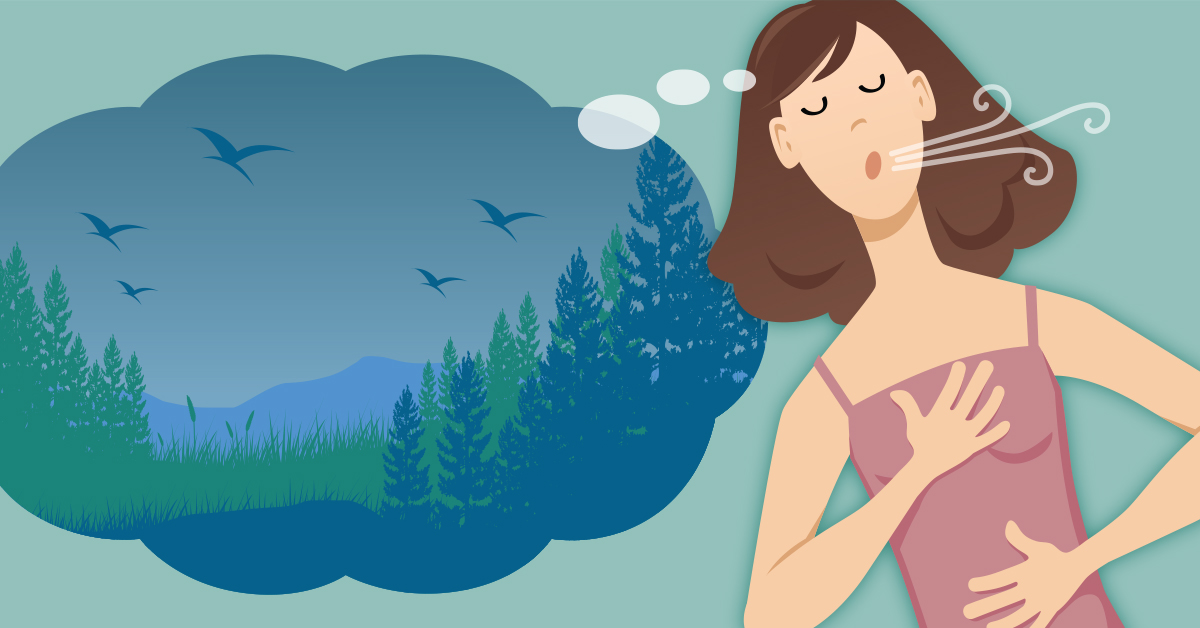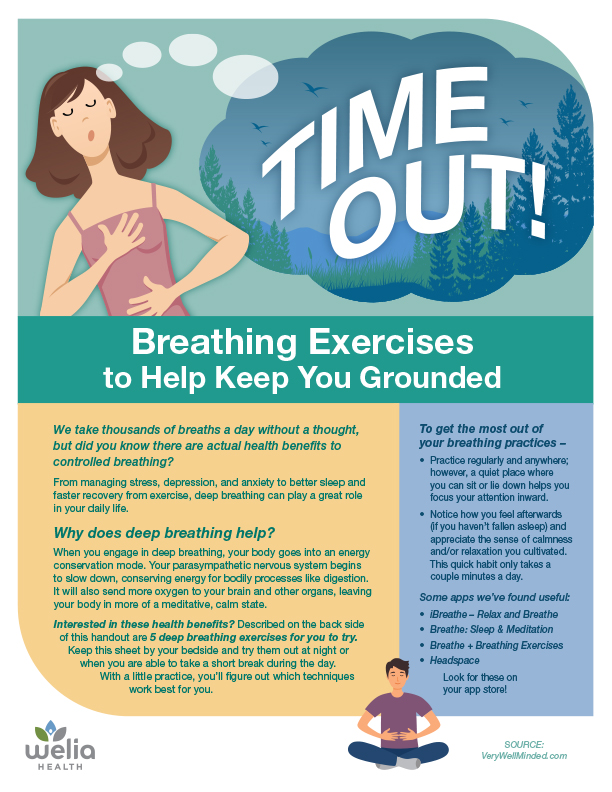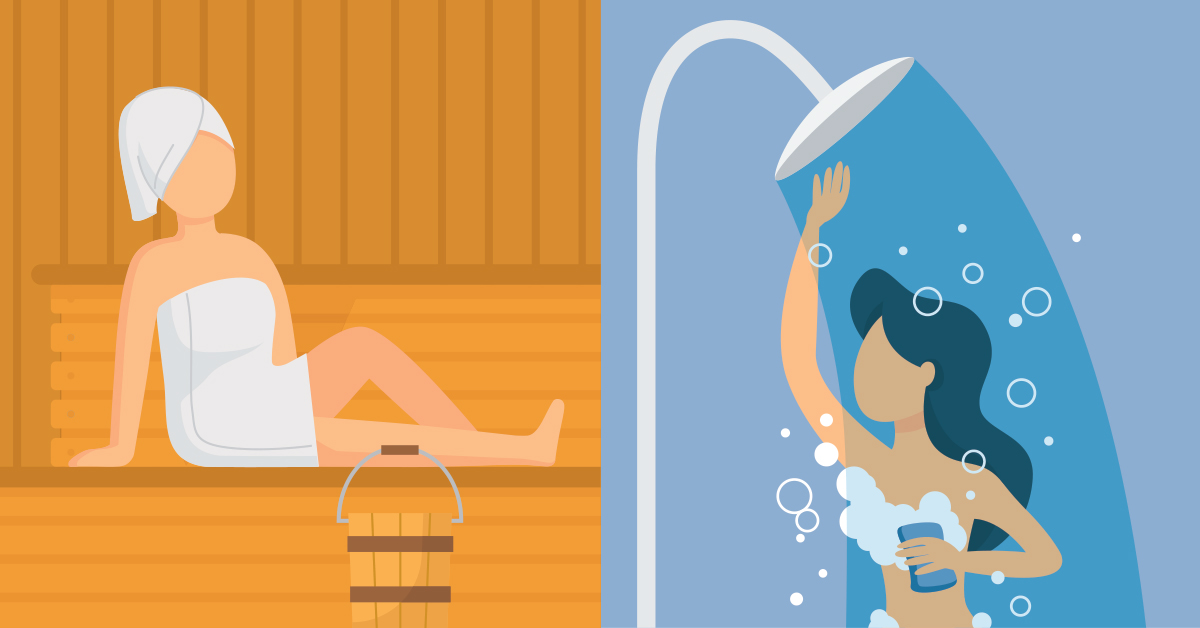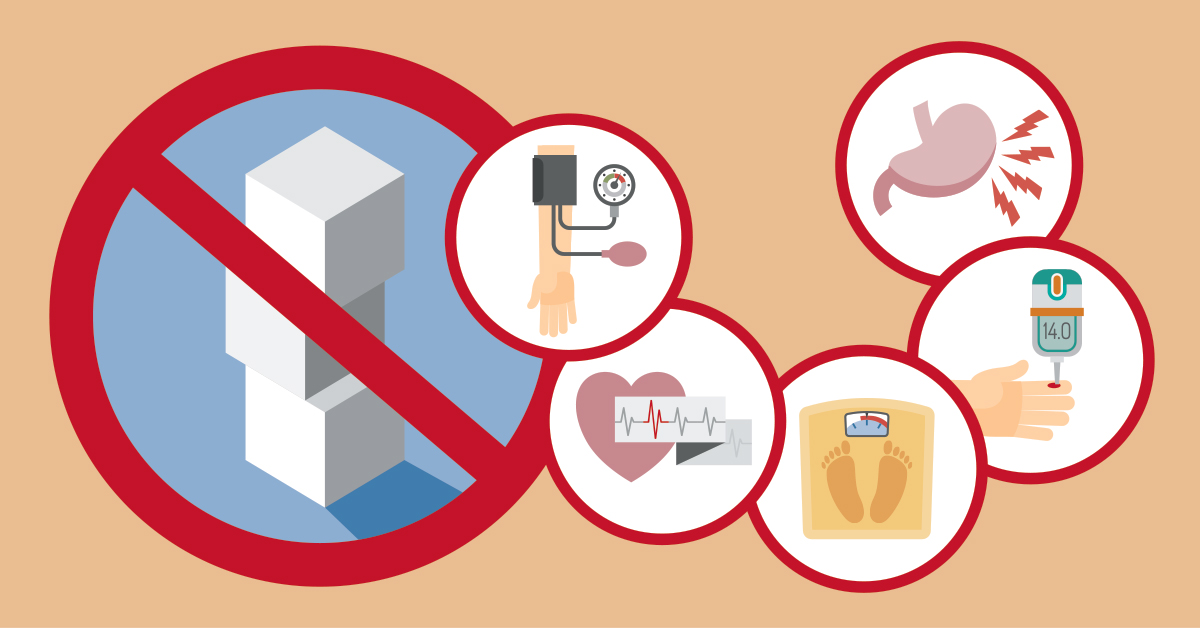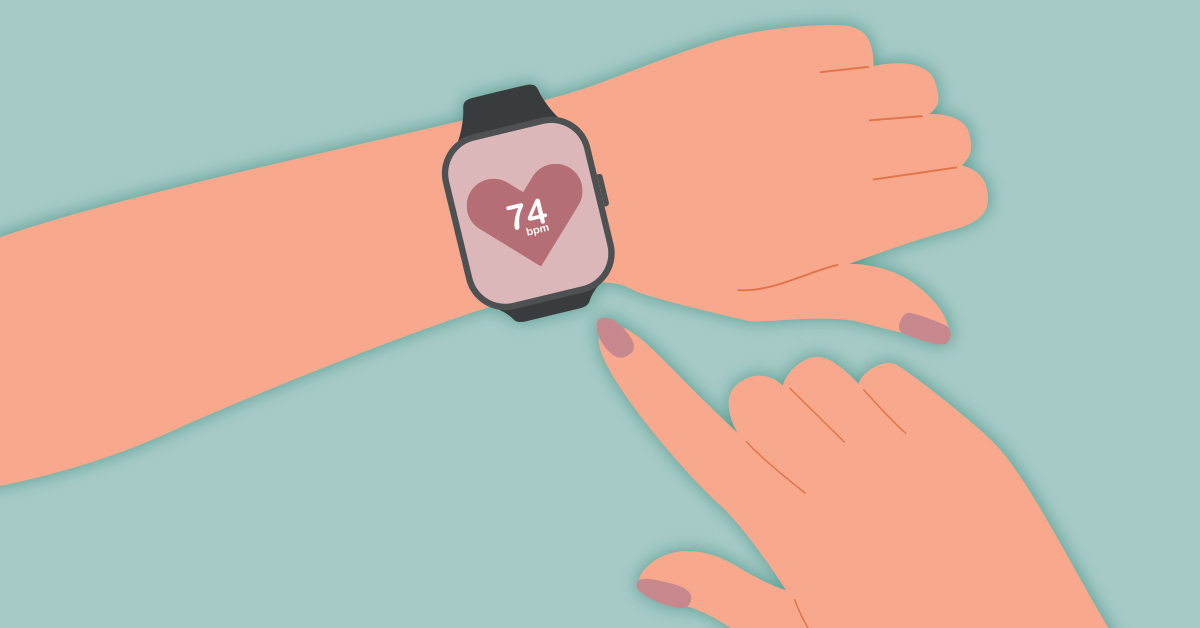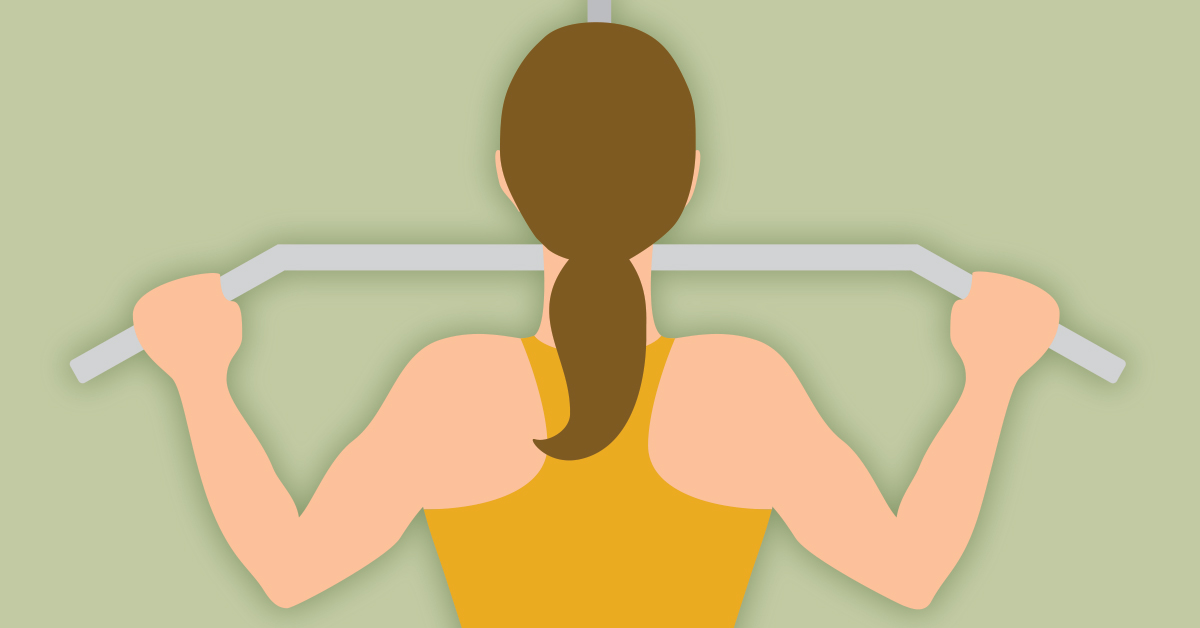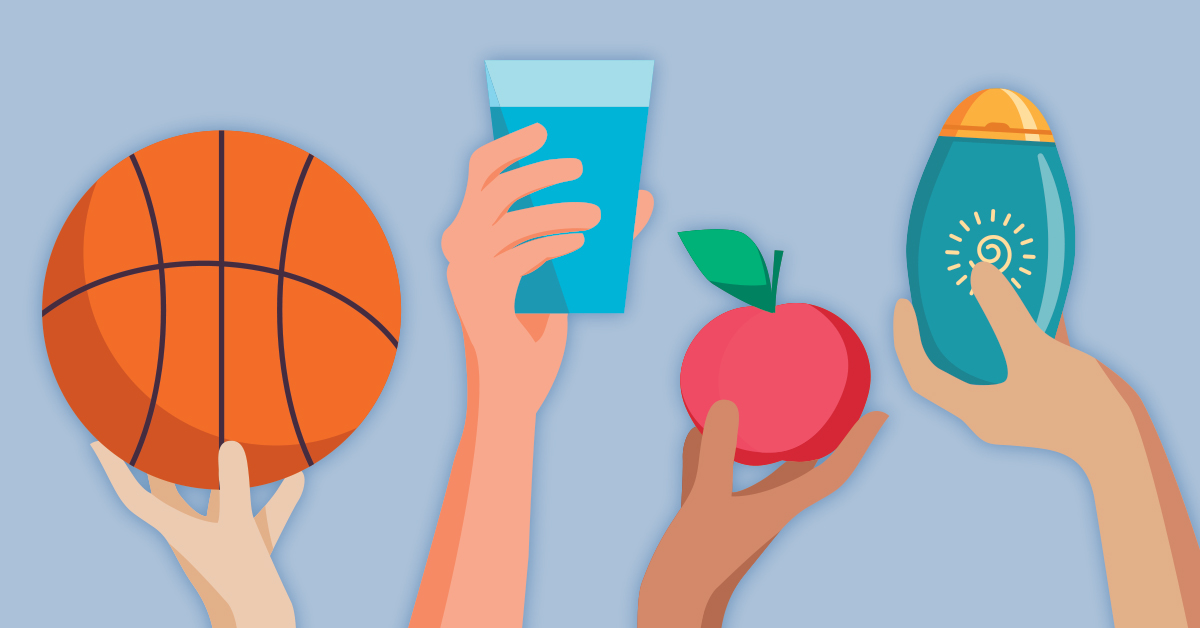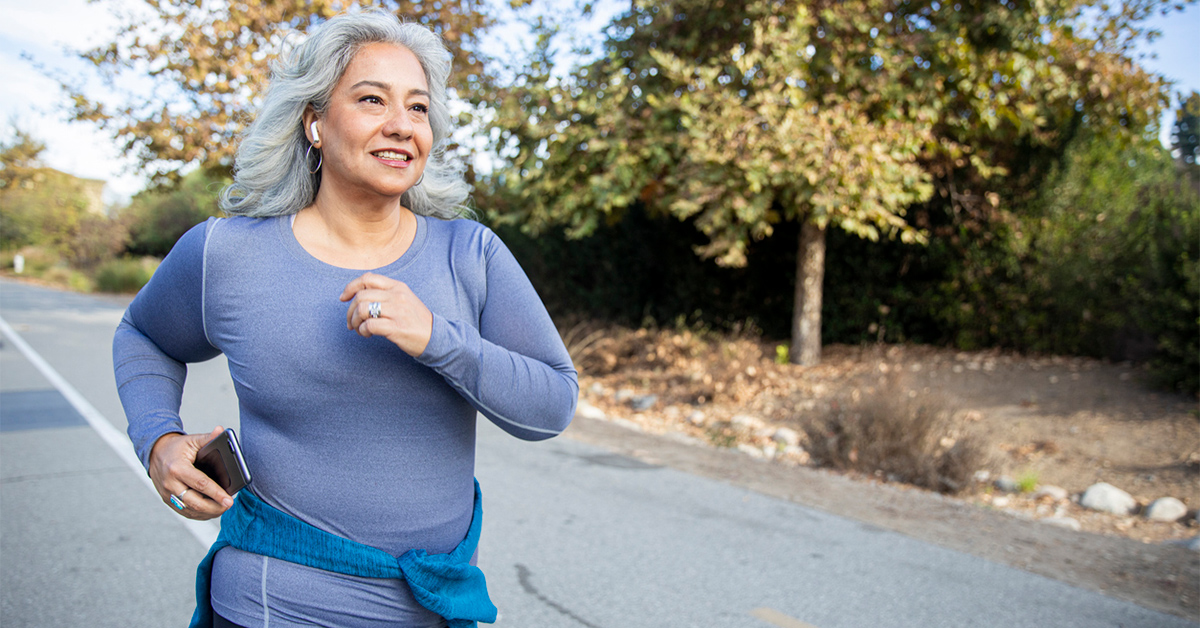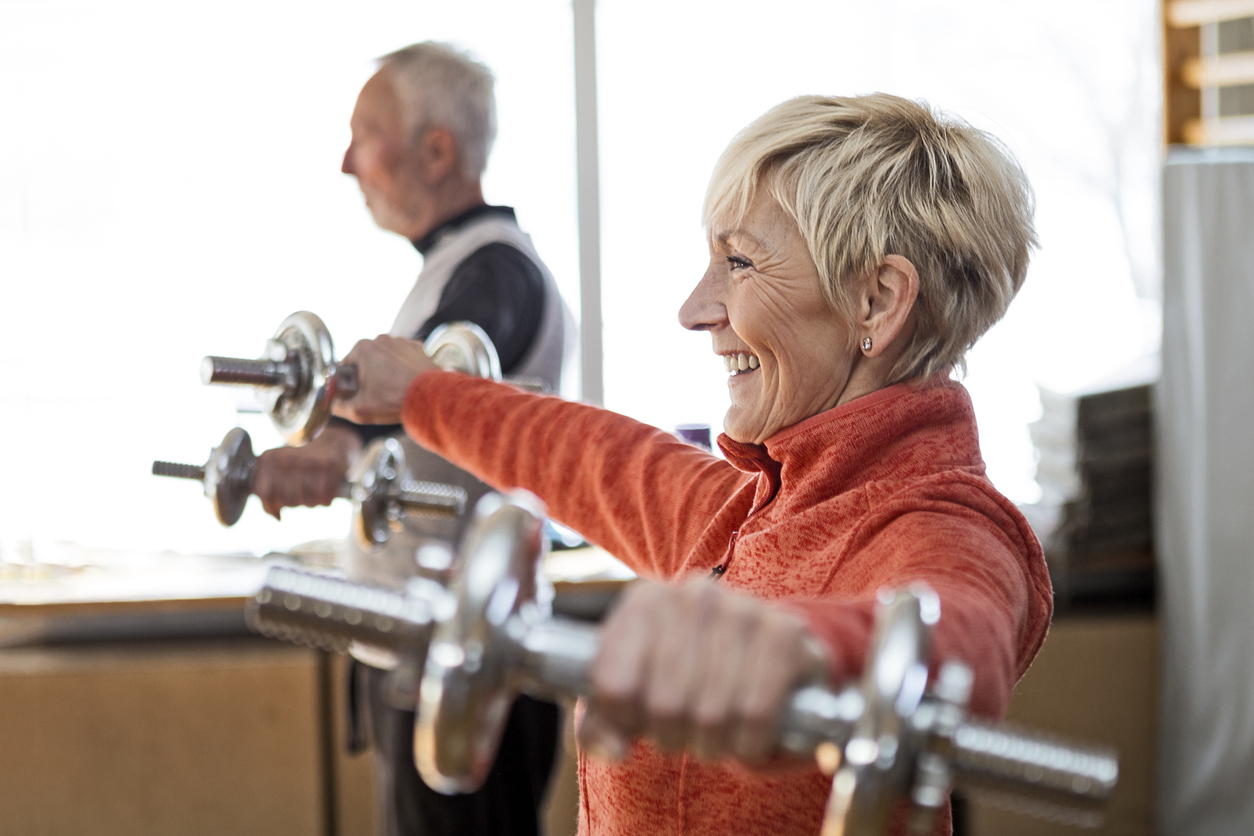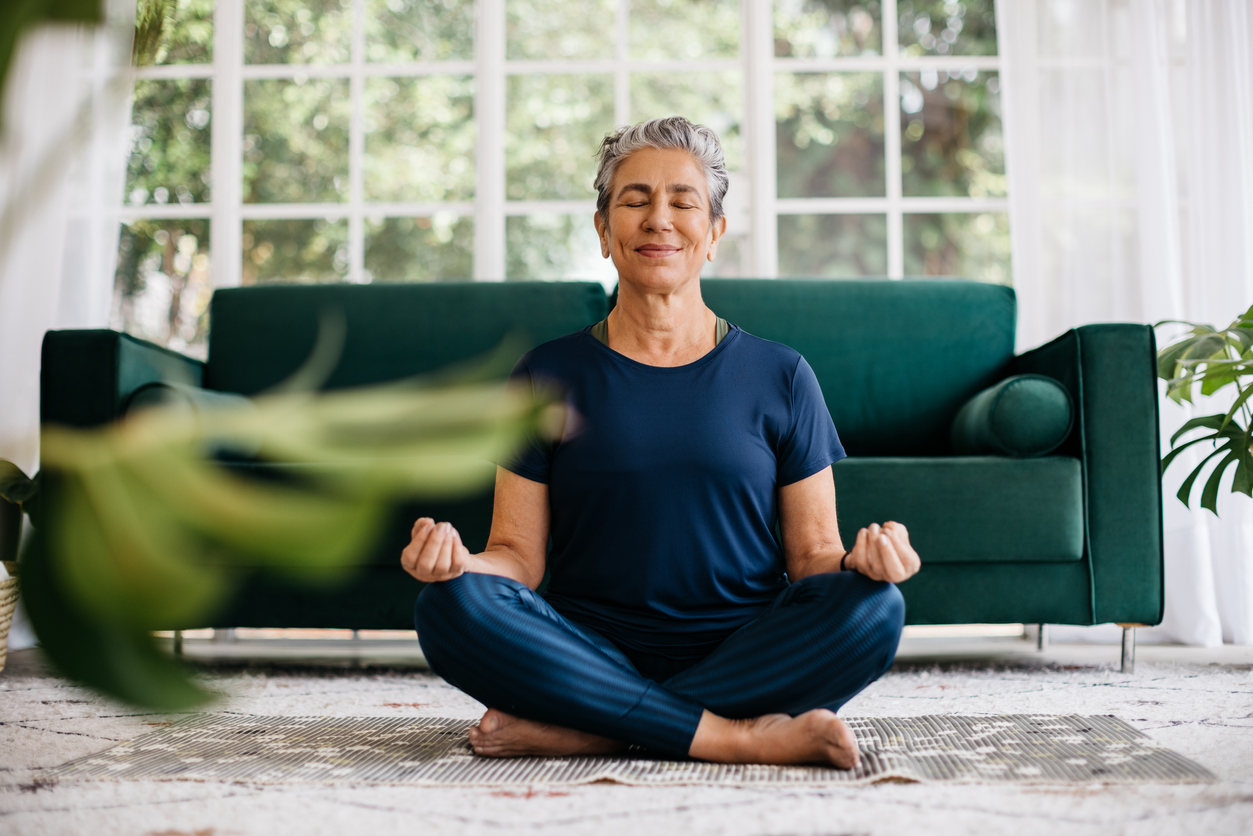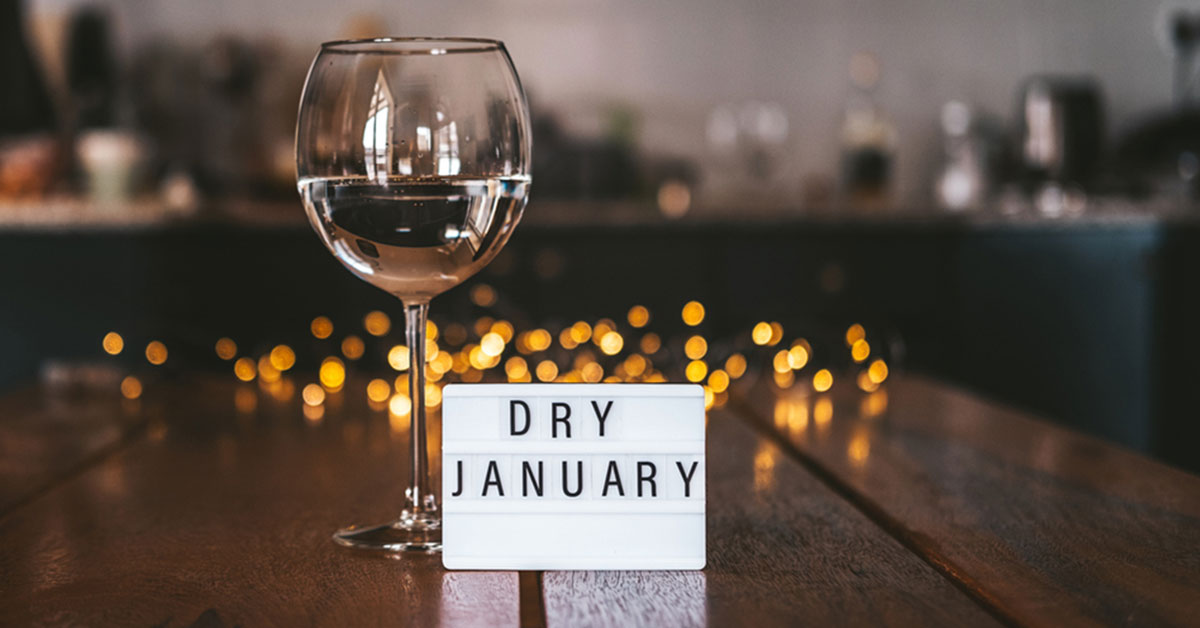We take thousands of breaths a day without a thought, but did you know there are actual health benefits to controlled breathing?
From managing stress, depression, and anxiety to better sleep and faster recovery from exercise, deep breathing can play a great role in your daily life.
Why does deep breathing help?
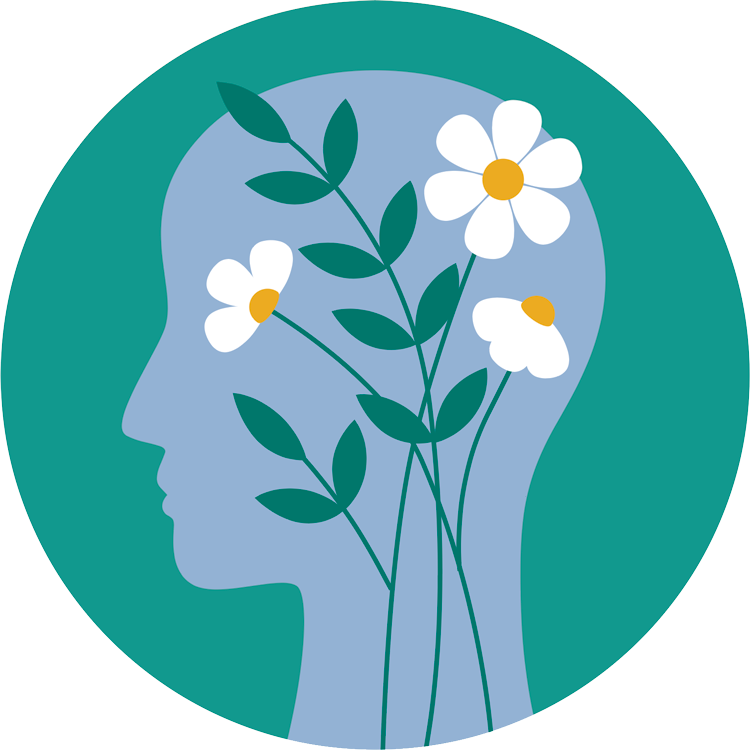
When you engage in deep breathing, your body goes into an energy conservation mode. Your parasympathetic nervous system begins to slow down, conserving energy for bodily processes like digestion. It will also send more oxygen to your brain and other organs, leaving your body in more of a meditative, calm state.
Interested in these health benefits? Described on the back side of this handout are 5 deep breathing exercises for you to try. Keep this sheet by your bedside and try them out at night or when you are able to take a short break during the day. With a little practice, you’ll figure out which techniques work best for you.
To get the most out of your breathing practices –
- Practice regularly and anywhere; however, a quiet place where you can sit or lie down helps you focus your attention inward.
- Notice how you feel afterwards (if you haven’t fallen asleep) and appreciate the sense of calmness and/or relaxation you cultivated. This quick habit only takes a couple minutes a day.
Some apps we’ve found useful:
- iBreathe – Relax and Breathe
- Breathe: Sleep & Meditation
- Breathe + Breathing Exercises
- Headspace
Look for these on your app store!
Source: VeryWellMind.com
5 deep breathing exercises for you to try out today
Abdominal breathing
Lie down with your legs straight and slightly apart. Point your toes upward with your arms gently by your side, palms facing up.
- Close your eyes. Inhale with your nose and exhale through your mouth.
- Next, place one hand on your chest and one on your stomach. Take a few deep breaths and notice which hand raises most when you inhale. If the hand on your chest raises the most, focus on filling your abdomen with each inhale, like a deep belly breath.
- It should get easier over time.
- Complete this process for 5-10 minutes or during quick breaks throughout the day.
Counting while breathing
Need help falling asleep? Swap out counting sheep for counting breaths.
- Lie down in bed, focusing on the exhale of your breathing. Feel the bed supporting your body under you while you exhale; try to relax. Count from one to ten, slowly backward, while pairing the count with your exhales.
- You can also try other variations, like counting down from 100. See what works best for you.
- Repeat this sequence until you fall asleep.
Body scan
The body scan breathing technique is another exercise designed to help you relax and fall asleep.
- Lie down in bed, focusing on the exhale of your breathing. Feel the bed supporting your body under you while you exhale; try to relax.
- Visualize each part of your body, starting at your head, moving down the rest of your body, and finding any tight or tense spots.
- Exhale and focus on relaxing that area of the body. After you’ve looked for areas of tension in your body, focus on your exhale.
- Try repeating a mantra or a word to yourself to help induce sleep, like the word “sleep” or another cue to help you drift off. Science has found that the body scan technique can be very effective in helping with sleep issues.
Breathing imagery
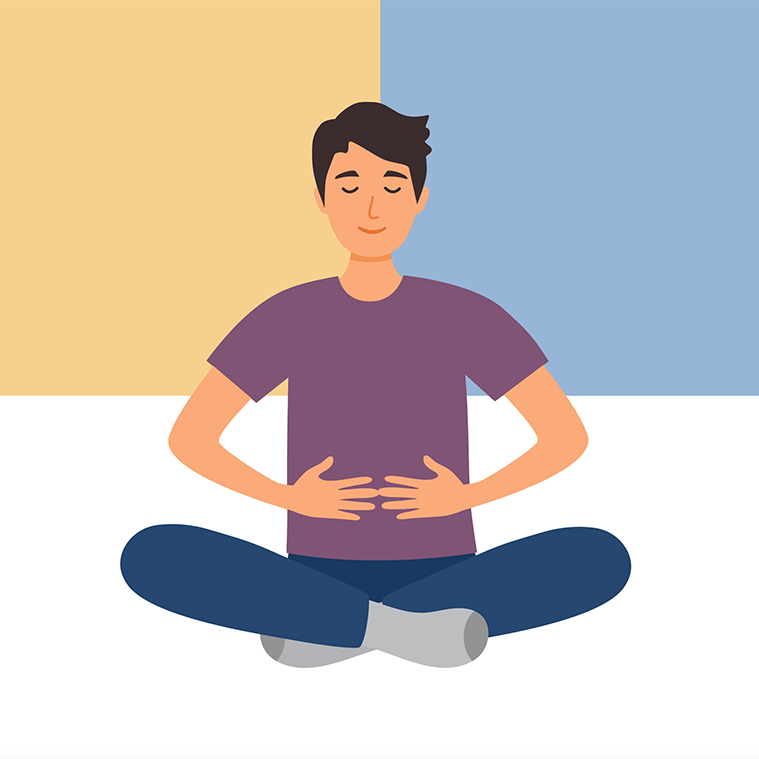
By using visualizations or mental images, you can enhance this deep breathing exercise. Lie down in bed, focusing on the exhale of your breathing. Feel the bed supporting your body under you while you exhale; try to relax.
- Feel the calm and re-enter these spaces of your body. Visualize a calming scene, maybe that’s a beach, or gentle waves, the sound of seagulls, the wind blowing. While you are visualizing your preferred image, take deep, slow breaths.
- As you relax, notice how your body feels during your exhales. You may feel like you’re sinking into your bed, with feelings of slowness or heaviness.
- Focus only on your breath as you begin to relax or drift off to sleep.
Visualizations to release energy
To best prepare for sleeping or before performing a stressful activity, you can use color and visions.
- Imagine that your worry, stress, or anxiety is a colored gas. As you exhale, expel the colored gas from every inch of your body.
- As you breathe in, try imagining your breath is made up of colors. As you start to relax, see those colors match your breath. Let your body experience the colors, but don’t force it.
- Notice how your body feels calm and relaxed, repeat as many times as needed.
Just breeeathe!
3 important things to remember:
- Deep breathing helps our mental health
- Digestion and other physical functions benefit as well
- A small investment of time can make a big difference


